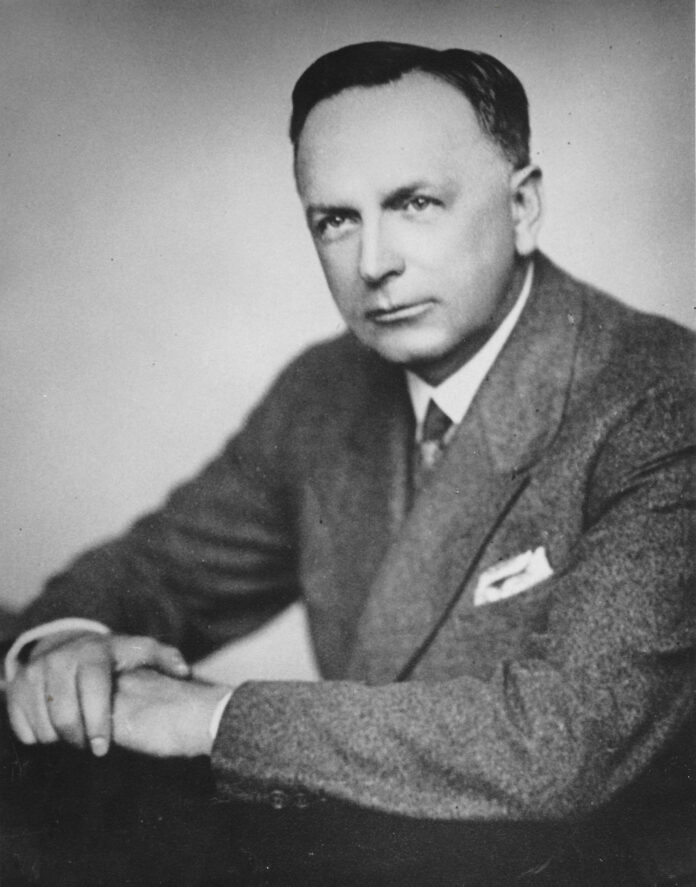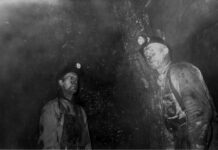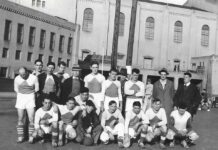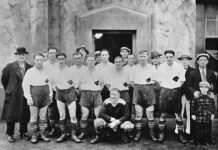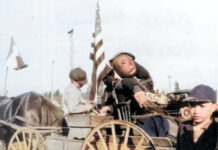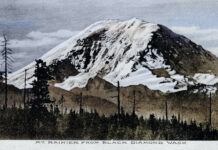His name now sits atop the Virginia Mason medical health complex, one of Seattle’s most prestigious hospitals. But in 1907, James Tate Mason was just a 25-year-old graduate of the University of Virginia Medical School, who bought passage to the Pacific Northwest aboard the Pacific Coast Steamship Company’s new ship, the S.S. President, on its maiden voyage from Philadelphia around the Horn to Seattle. In addition to a free berth, Tate Mason signed on as the ship’s surgeon for $100 plus a return east-bound train ticket home.
Mason arrived in Seattle with $50 in his pocket and a youthful enthusiasm for adventure. He soon found a job in Black Diamond with Pacific Coast Coal Company, a sister organization to the P.C. Steamship Co. He worked under Dr. D.M. Stone who recalled how Mason arrived in Black Diamond dead broke. Dr. Stone lent his new colleague $60 to go to Spokane and take the state board of medical exams. The new minted Dr. Mason passed the exam and repaid Stone with his second month’s paycheck. Thirty years later Dr. Stone fondly recalled his assistant, “He always had a purpose. His first aim was to repay my small loan. And all through his life, Dr. Mason kept that quality – a singleness of purpose.”
For two years Dr. Mason served Pacific Coast’s miners and their families. After Dr. Stone retired, Mason had the choice to remain an assistant under a new doctor in Black Diamond, or transfer to the company’s Franklin mines at the end of the railroad line. He chose Franklin. During that time, he became the personal doctor of county sheriff Robert Hodge which led in 1909 to an opportunity to become the physician at the King County jail in Seattle.
Tate Mason married Laura DeWolfe Whittlesey, the daughter of a pioneer Seattle family in 1911. The couple raised three children, James Tate Mason Jr., Mary Virginia Mason, and Frederick DeWolfe Mason. The following year Mason successfully ran for King County Coroner and held that position for four years. He was also appointed Superintendent and Surgeon of the King County Hospital, now known as Harborview, a position he held until 1922. Through his exposure to a wide variety of surgical experiences, Mason became an original and unorthodox thinker with a phenomenal ability to find the best methods from what he saw and heard.
In 1917, Doctor Mason organized a partnership that became the Mason Clinic. From those beginnings, he conceived of a clinic of specialists working in tandem with a well-equipped regional hospital to provide what’s known today as integrated care. The Virginia Mason Hospital was born and prospered.
Mason continued his rise in the ranks of medical associations. He maintained a busy and active professional life due to his extraordinary gift to make friends and satisfy patients. He excelled at story-telling and nurses adored him. He rarely spoke a cross word and in his nearly 20-year association with his partners, he never had an argument. Dr. Mason’s popularity came at a cost and in 1932, he had a nervous breakdown and missed months of work.
J. Tate Mason’s crowning achievement was reached in November 1935, when he was designated President-Elect of the American Medical Association (AMA), founded in 1847. A month later he went to pieces and on Christmas Day was admitted to his own hospital for an overwhelming case of nerves. He struggled to regain his health and by March had returned home, feeling much improved. Lunching with his partners on April 6th, he announced, “Boys, I believe I’m well,” and he put in a full afternoon of work. That night his left leg suffered an arterial thrombosis that left him partially paralyzed. His right leg was amputated but gangrene set in as he agonized in pain.
At the Kansas City meeting of the AMA, the delegates agreed to inaugurate a dying man as President. This coal company doctor had seen worse. He never doubted a recovery nor admitted the inevitable. The boy born James Tate Mason on May 10, 1882, in Orange County, Virginia died on June 20, 1936, at age 54, five weeks into his ill-fated election as America’s top doctor.
This photo comes courtesy of the Black Diamond Historical Society. One of the first exhibits visitors see when entering the museum is a replicated doctor’s office where Tate Mason’s portrait hangs next to the many other coal company doctors who served miners and their families. Biographical details about Dr. Mason’s life were provided by JoAnne Matsumura, some of which appeared in the Nov. 9, 1980, Seattle Times.

